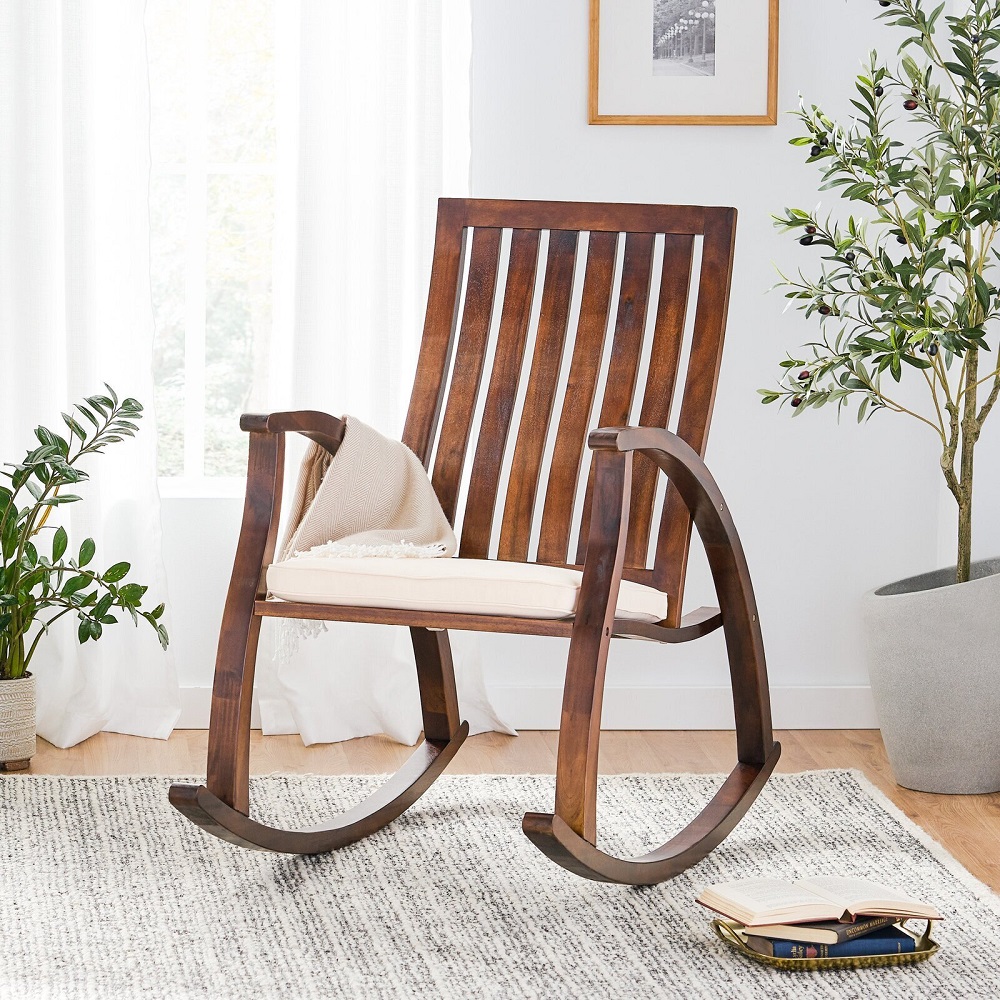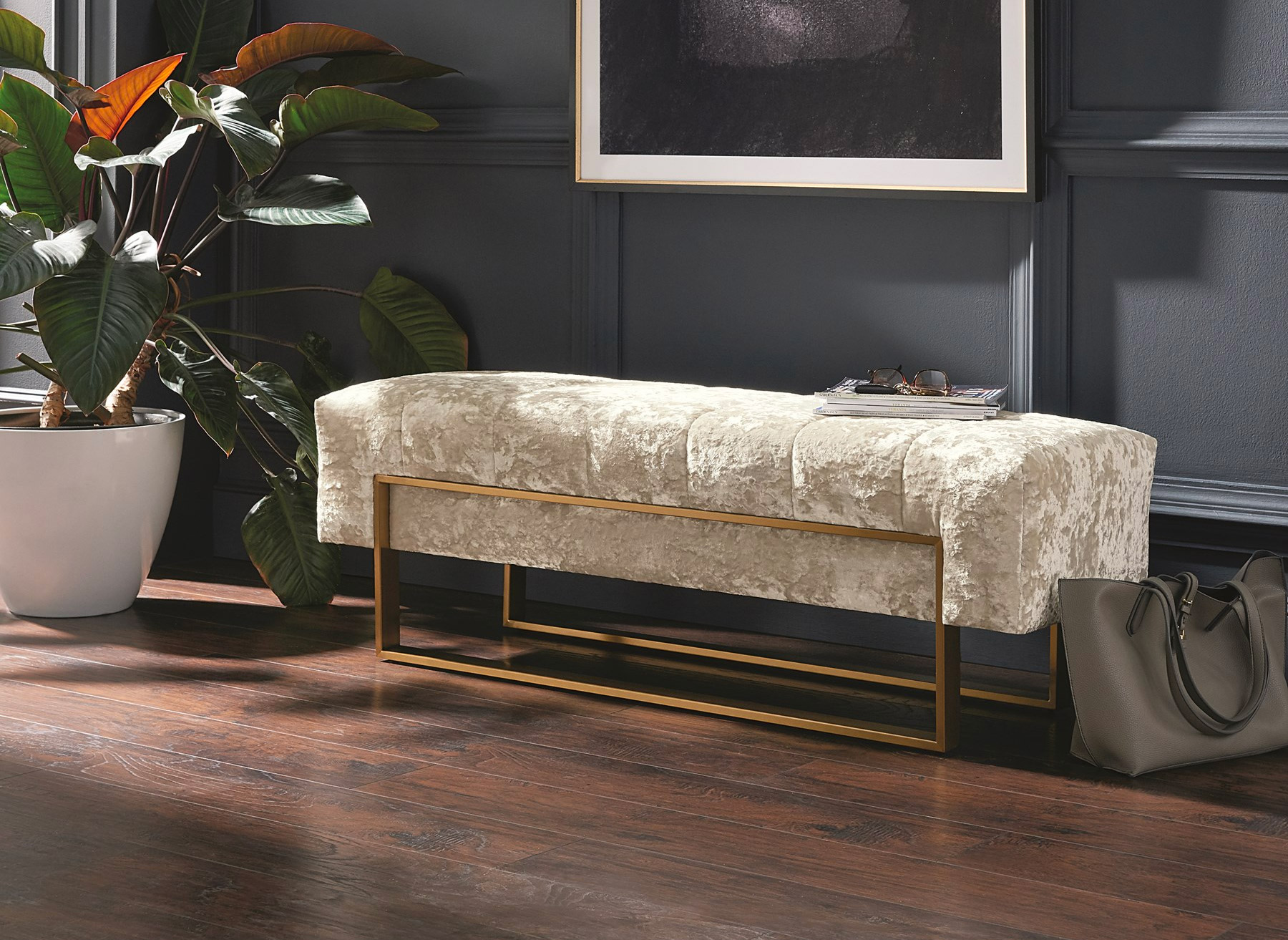With their fluid, minimalist forms and light, organic materials, Scandinavian dining tables exude an approachable elegance fitting for everyday living. Read on as we explore what defines the Scandinavian dining aesthetic and its refined yet welcoming vision.
Scandinavian style celebrates responsible production methods, eco-friendly materials, flowing asymmetrical lines, and muted color pairings.In the dining room, airy wood tables with tapered legs or gently arched bases epitomize these ideals. Tactile textiles and handcrafted ceramics balance sleeker furnishings with cozy layers. And blond, light-hued woods prevent heavier traditional pieces from feeling dark and imposing year-round. Paired with pale palette paint colors, the overall effect walks the line between curated and comfortably livable.
While “Scandinavian design” umbrella spans influences from Denmark, Sweden, Norway and Finland, several unifying pillars give the genre its breezy signature:
- Organic Materials
- Responsible Production
- Flowing Contours
- Subtle Color Palettes
- Celebrating Craftsmanship
These principles shape the spare, refined allure of quintessentially Scandinavian furnishings like dining tables and chairs.
Now let’s see how Scandinavian ideals translate to dining spaces:
- Blond wood dining tables in oak, ash and beech exude an airy lightness, their tone contrasting darker floorings. White walls and large windows bounce natural light around the rooms.
- Handcrafted woven textures – a crocheted rug, macrame pendant lamp, ceramic stoneware – underscore organic warmth against sleek furnishings. Touchable layers invite gathering.
- An understated neutral palette connects each element—charcoal base frames, flaxen fabrics, ceramic whites. Colors interplay without competing so focus lands on community.
Scandinavian dining settings model “enoughness over excess” with great sophistication. Find inspiration in smart silhouettes and eco-friendly materials that feel curated yet comfortable for modern living. Discover this minimalist elegance for your home today!
Considerations for Your Space
For those intrigued by Scandinavian dining aesthetics, assessing your space and lifestyle priorities will clarify suitable styles. These lightweight tables beautifully fill airy loft spaces with large windows but may battle ornate traditional surroundings. Identify must-have functions like expandability for large gatherings or integrated storage to narrow options.
Care is also simplified if opting for durable, high-quality construction – both structurally and ethically. While prices reflect conscientious production methods, such pieces promise enduring enjoyment for generations, not temporary trends.
Scandinavian style dining tables are growing in popularity for their simple yet functional designs. The clean lines and light woods like oak, ash, and beech create an airy, minimalist aesthetic perfect for modern homes. When shopping for a Scandinavian dining table, here are some key things to consider:
The most common wood used is oak, which offers durability and beautiful natural grain patterns. Beech and ash are also popular choices that smoothly complement Scandinavian style.Beyond wood, some tables incorporate metal accents for an industrial vibe. Make sure to choose solid hardwood over veneers, as quality craftsmanship ensures long-lasting appeal.
Consider the size of your dining space and how many people need to comfortably fit around the table. Rectangular Scandinavian dining tables typically seat 6-8 but range in lengths from 4 feet for tighter spaces to over 9 feet for generous guest seating. Round and square shapes can also adapt to your room.
Clean-lined bases like tapered legs, an arched trestle, or strong squared shapes reflect Scandinavian minimalism.This allows the wood grain and natural tones to shine as the focal point. Some tables incorporate storage with shelves or drawers to maximize functionality.Tabletop designs range from simple plank styles to more distinctive details like butterfly joints.
Pair your dining table with coordinating Scandinavian chairs or benches. Opt for wooden chairs with vertical back slats and minimal frame designs. For a cozier, more casual feel, upholstered chairs in lightweight fabrics keep the look airy. As an alternative, built-in benches offer space efficiency.
Scandinavian style utilizes a light, neutral color palette. The most common finish is a clear lacquer displaying the handsome wood grain. For added protection, an oil finish highlights the depth of the wood’s natural tones.
With their fluid forms, light-hued woods, and artisan details, Scandinavian dining tables infuse spaces with an approachable refinement. But despite their widespread popularity, the spare Scandi aesthetic isn’t for everyone. Below we’ll explore the advantages and drawbacks of choosing a Scandinavian-style dining table for your home. Plus, find tips on protecting your investment once purchased.
Fans praise Scandinavian pieces for their fuss-free functionality and made-to-last craftsmanship using sustainable materials. Beautiful solid wood construction promises heirloom longevity compared to cheaper veneers. Streamlined, often asymmmetrical silhouettes provide sophisticated style without feeling imposing.
And organic textures add cozy layers that still feel curated amidst neutral backdrops. The overall effect walks the line between elegantly edited and comfortably livable. The aesthetic transitions seamlessly from first apartments to forever homes.
Potential Downsides to Consider
The pure, paired-down Scandi look also won’t suit every taste or lifestyle. Those wanting ornate traditional furnishings with intricate carvings may feel starved by its standardized minimalism. Darker interior palettes get washed out by light Scandi woods like oak and ash. The utter lack of color or visual contrast can read overly sterile and monotonous for vibrant personalities. And while made ethically, quality Scandinavian furniture comes at premium prices that limit accessibility for many buyers.
Schedule seasonal resealing, choosing products safe for your table’s exact wood species and finish. And as with any natural material, immediately wipe spills and condensation to prevent moisture seeping into cracks or unfinished crevices. With some diligence, a Scandinavian dining table will serve family gatherings for decades to come.
Scandi Dining for Daily Life
With its roots in pragmatic values like honesty, quality craft and elevating domestic experiences, Scandinavian style endures by celebrating the beauty in simple, well-designed objects enriching daily living. Scandinavian dining tables invite you to linger long after meals conclude, their fluid forms and light palette embodying an elegance always at ease.







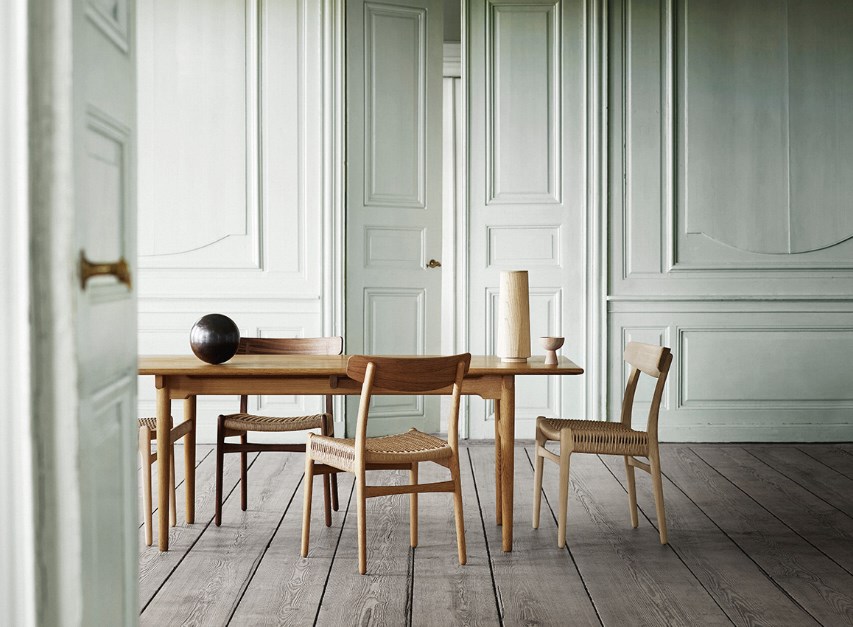
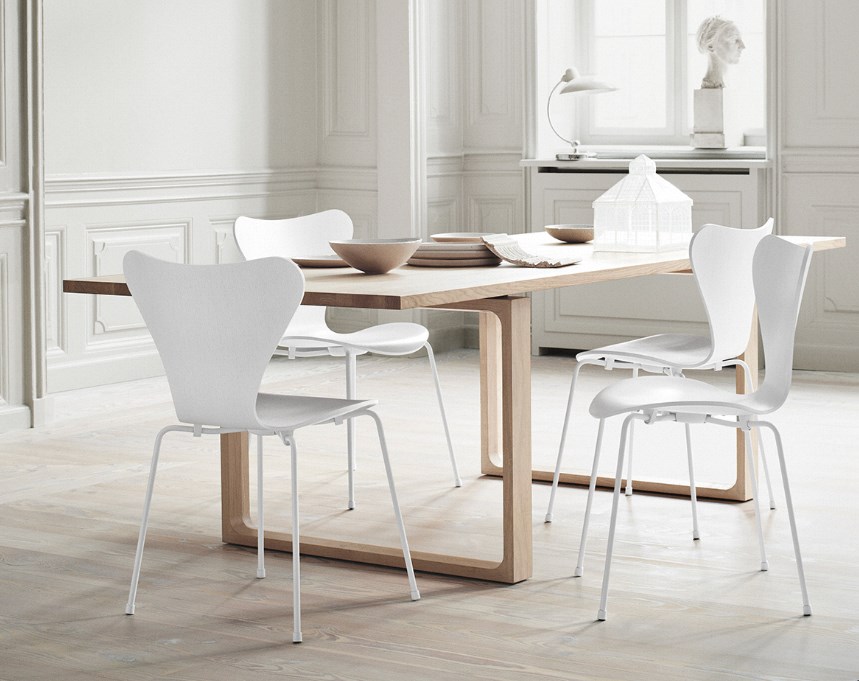 How to Choose the Perfect Scandinavian Dining Table for Your Home
How to Choose the Perfect Scandinavian Dining Table for Your Home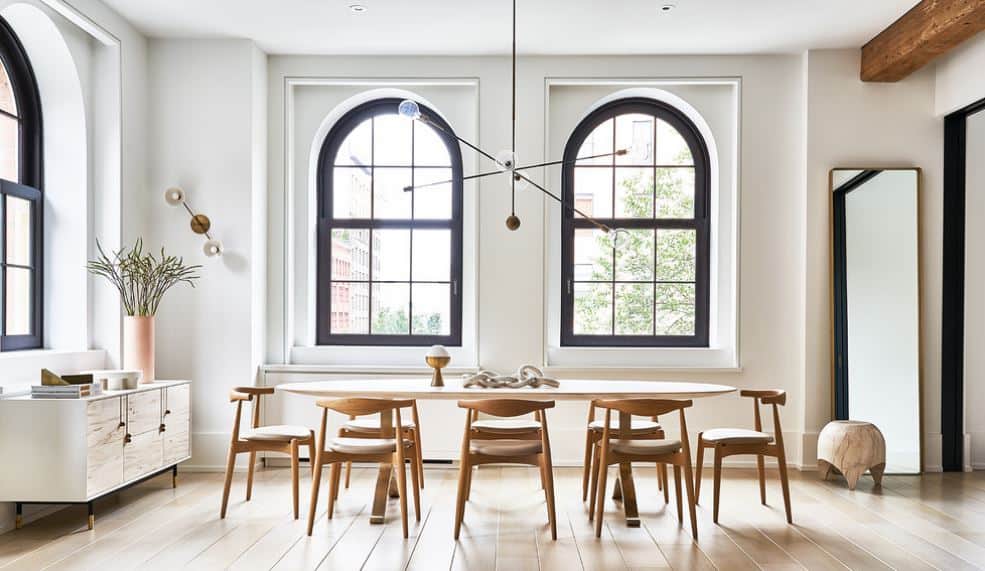 Scandinavian Dining Tables: Assessing the Pros and Cons
Scandinavian Dining Tables: Assessing the Pros and Cons